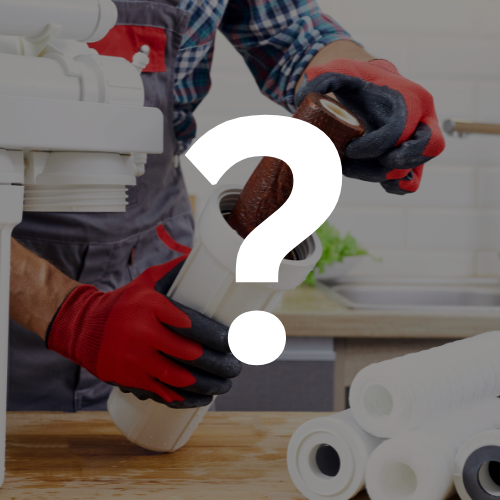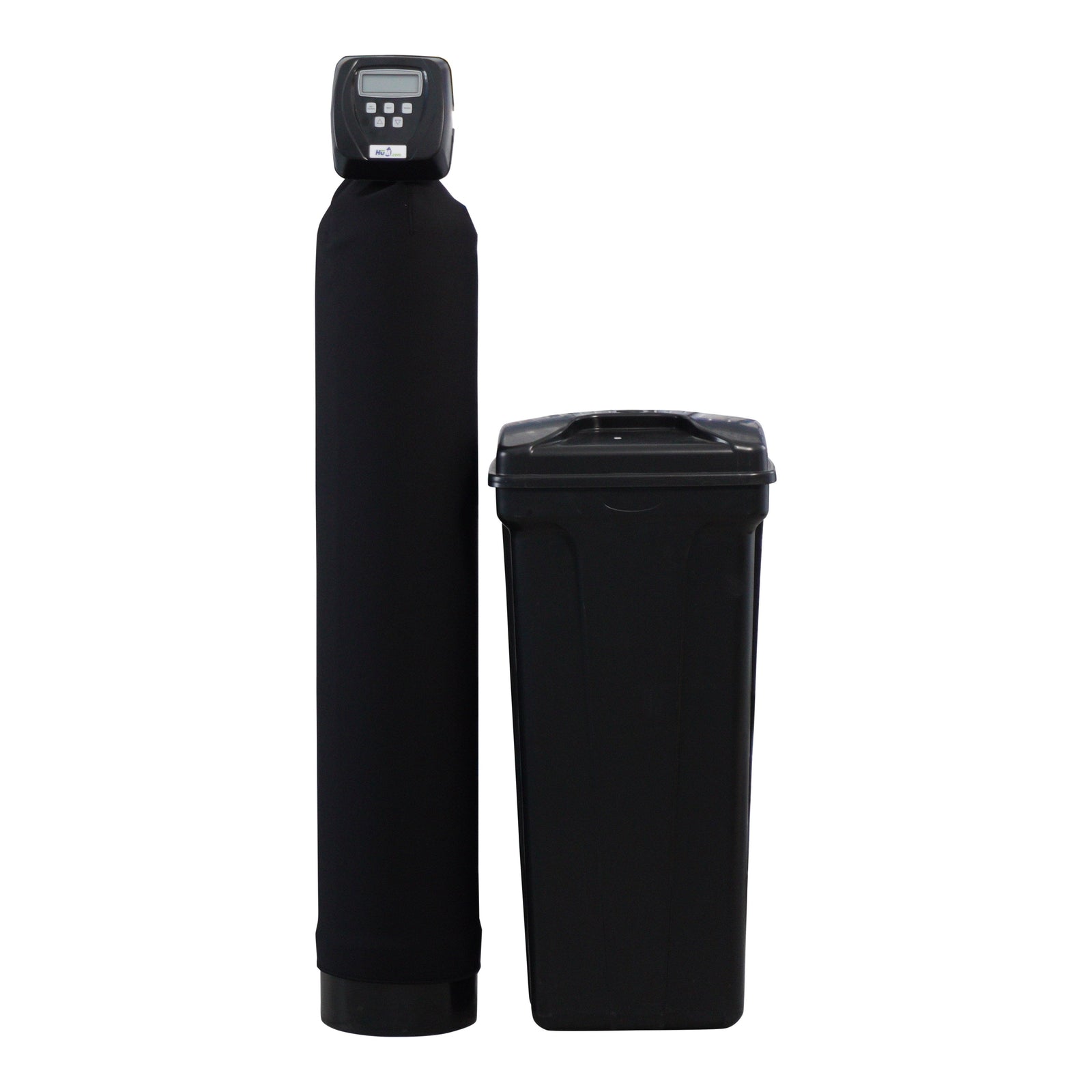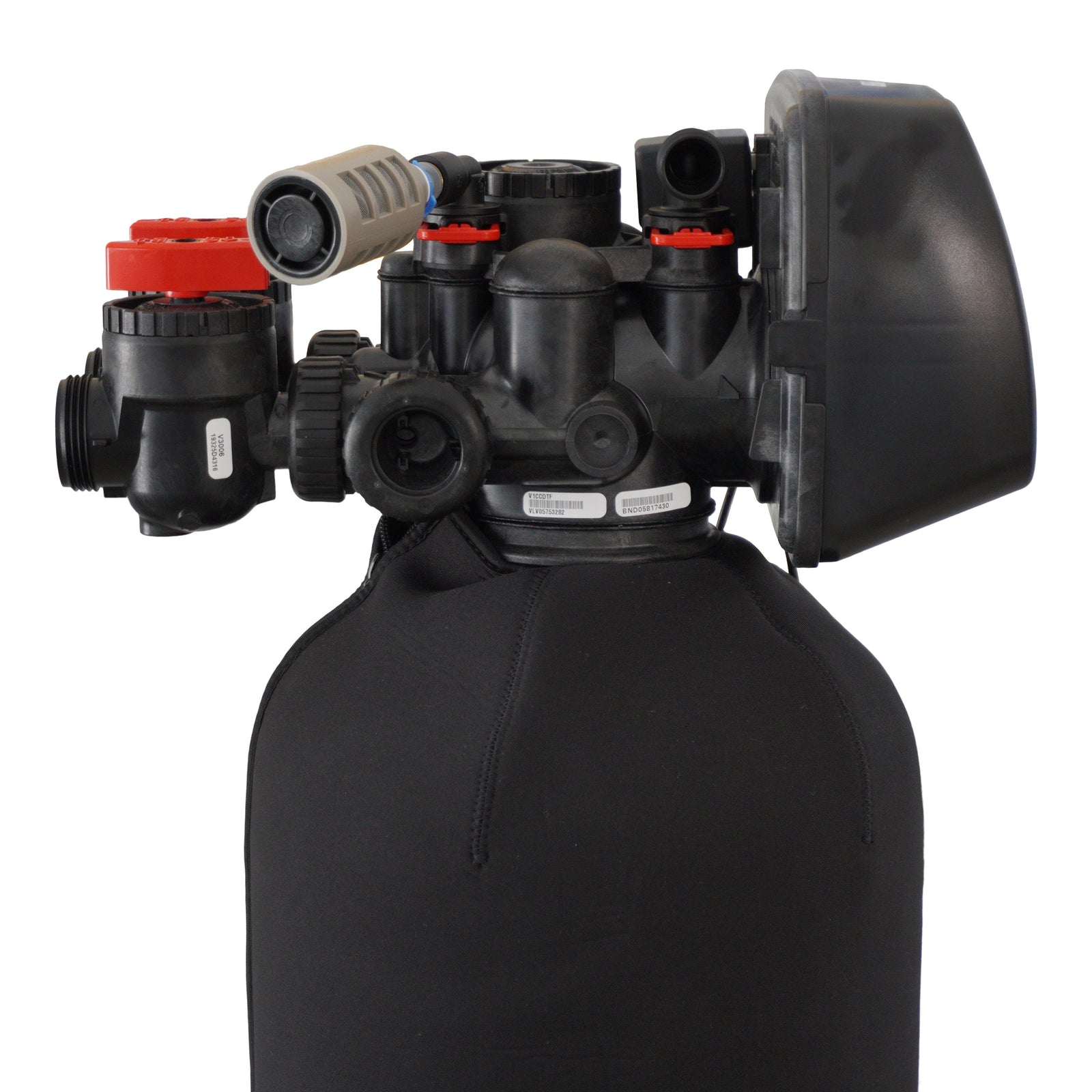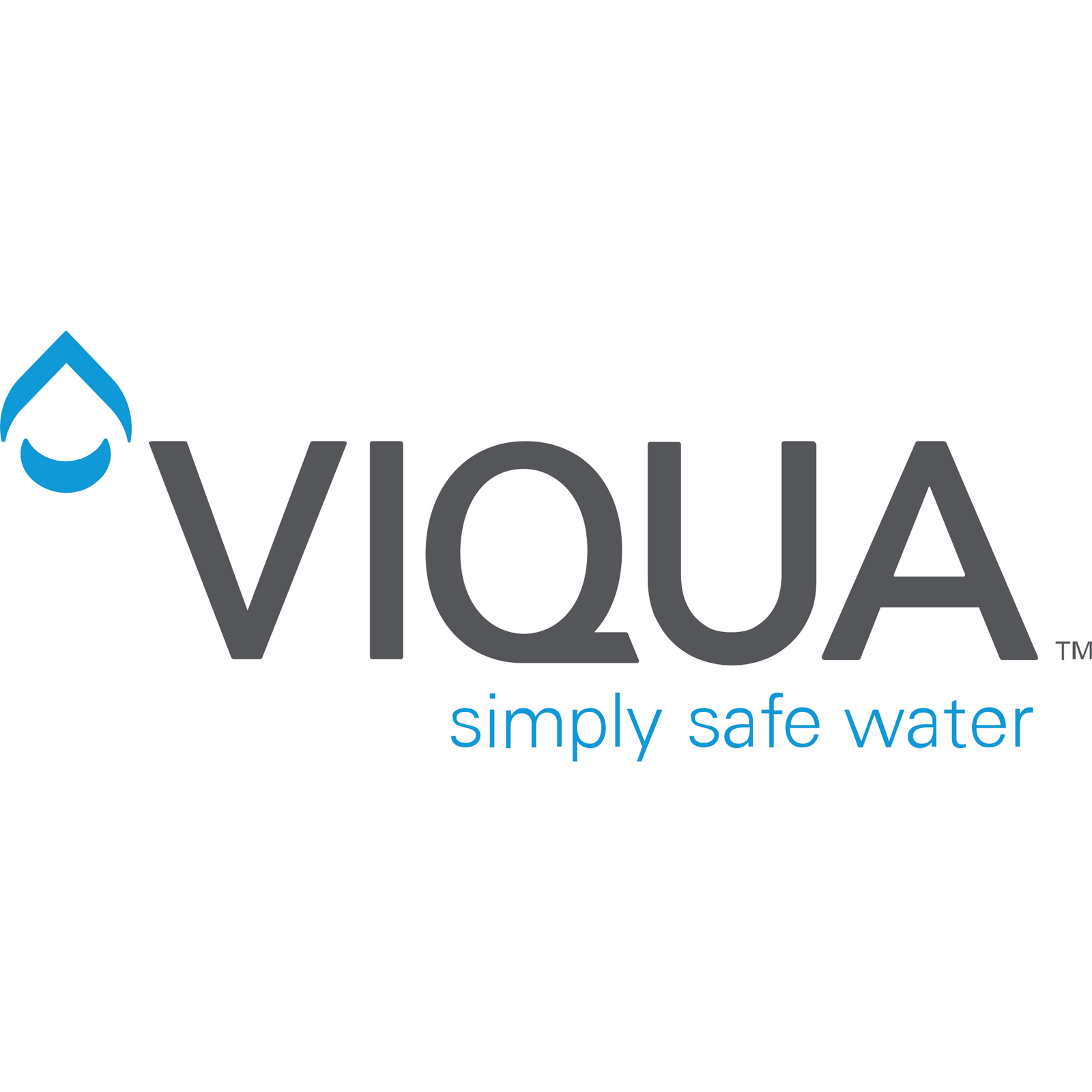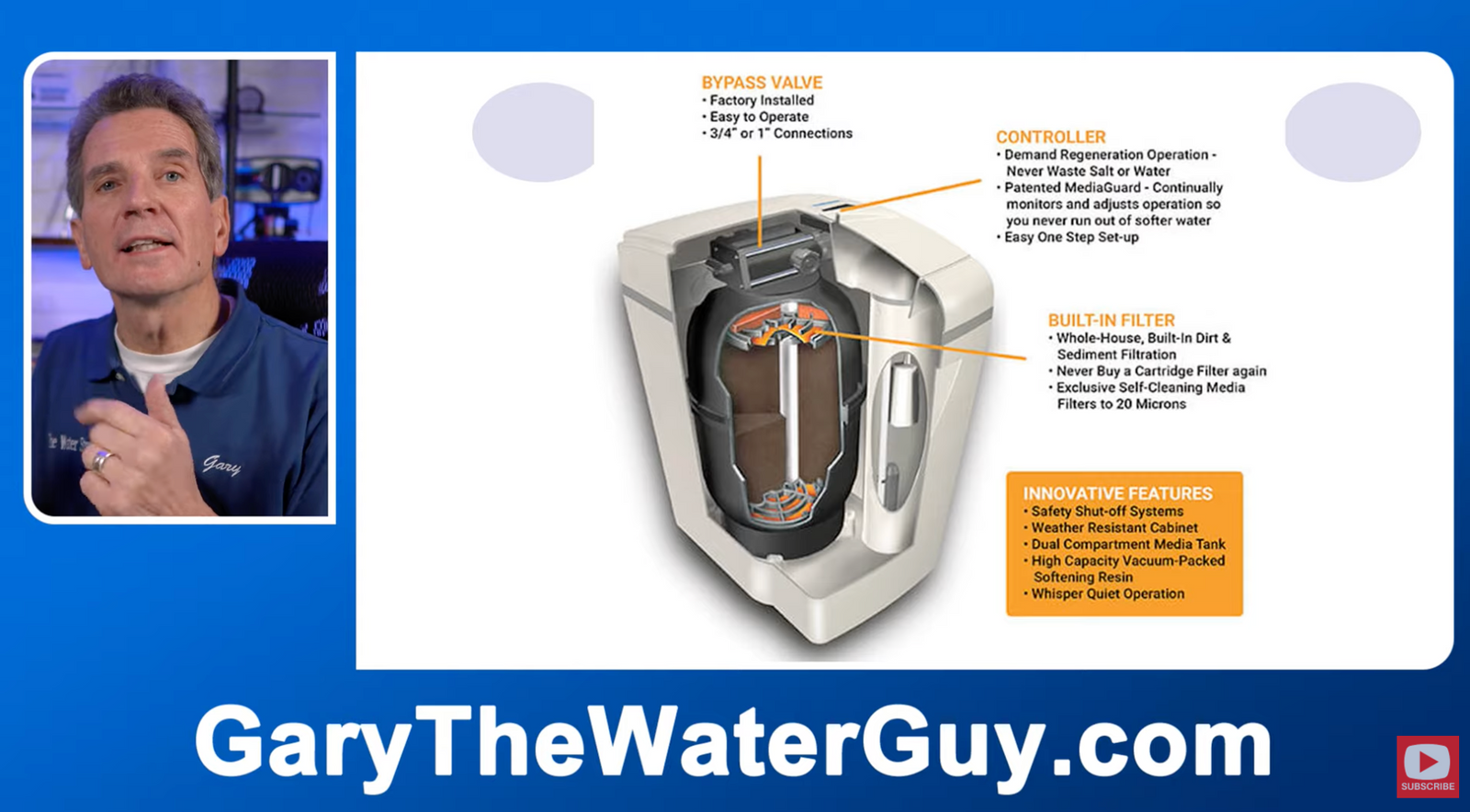
How Does a Water Softener Brine Tank Work?
Your Water Softener brine tank takes in water to make brine for the water softener regeneration cycle but how do they actually work? There is only one tube going into the tank but what is this fitting on the outside? Sometimes I see water in there, other times I don’t, should there be water in there? In this video I’ll explain how does a water softener brine tank work starting right now! Whether you’re a first time do it yourselfer, plumber or water filtration specialist, this video is for you!!
Brine Tanks Consist of These Components:
Tank or reservoir to hold the salt and water Brine well to keep the float separate from the salt
Brine float to add water and remove brine from the tank and shut off water coming from the water softener in case something malfunctions.
Overflow fitting can be connected to a drain in case the float ever malfunctions or the tank overfills.
Tubing to connect brine tank to Water Softener valve.
If your water softener is the post fill kind, whenever the water softener is in service (not regenerating) there will be water in the brine tank with the salt making brine. Pre fill water softeners, like the kind sold at Big Box stores have almost no water in the cabinet when in service.
So it’s normal to not see any water in there until the regeneration cycle begins. This video explains the difference between pre and post fill softeners. Basically, the brine tank holds the salt and water to make brine. If yours is a post fill water softener the brine has already been made and once the regeneration cycle has completed the backwash cycle, the valve switches to brine (or brine draw) creating suction to draw all of the brine out of the brine tank.
When The Brine is Gone

Once the brine is gone and the media has been regenerated, a predetermined amount of water flows into the brine tank to absorb the salt to make brine for the next cycle. The float does not determine how much water is in the brine tank, only the limit of water. If the water softener were to malfunction and not shut off the flow of water to the brine tank the float would automatically shut off the water before it reaches the overflow.
A Couple of Things to Keep In Mind
1. Water Softener efficiency. High Efficiency water softeners, like AquaMaster and WaterBoss water softeners use very little salt per regeneration, so you will find very little water in the brine tank which is why the cabinet is so small.
2. Water Softener settings for the quantity of salt used per regeneration ultimately determines the water level. Hardness and capacity settings make sure your water is soft without wasting salt and water during the regeneration. Have your raw water tested for hardness, iron and manganese and put those settings into your water softener. From there your water softener will determine how much salt you need and then add the appropriate amount of water. For example, one gallon of water absorbs 3 lbs of salt. So if your water softener uses 9 lbs per regeneration the valve will pour 3 gallons of water in with the salt to make brine containing 9 lbs of salt.
3. If suddenly you have significantly more water in your brine tank than normal, your water softener is malfunctioning, and you better check out my Water Softener Troubleshooting video here.
Want to Learn more About Water Softener Brine Tanks?
To check out the full explanation of how a water softener brine tank works, check out the video for more to follow along! Share with friends and family and give us a thumbs up! Thanks everyone.

